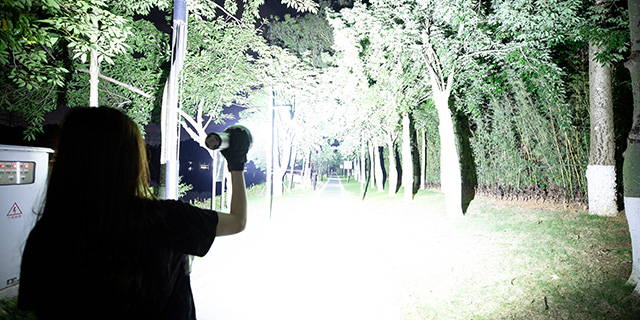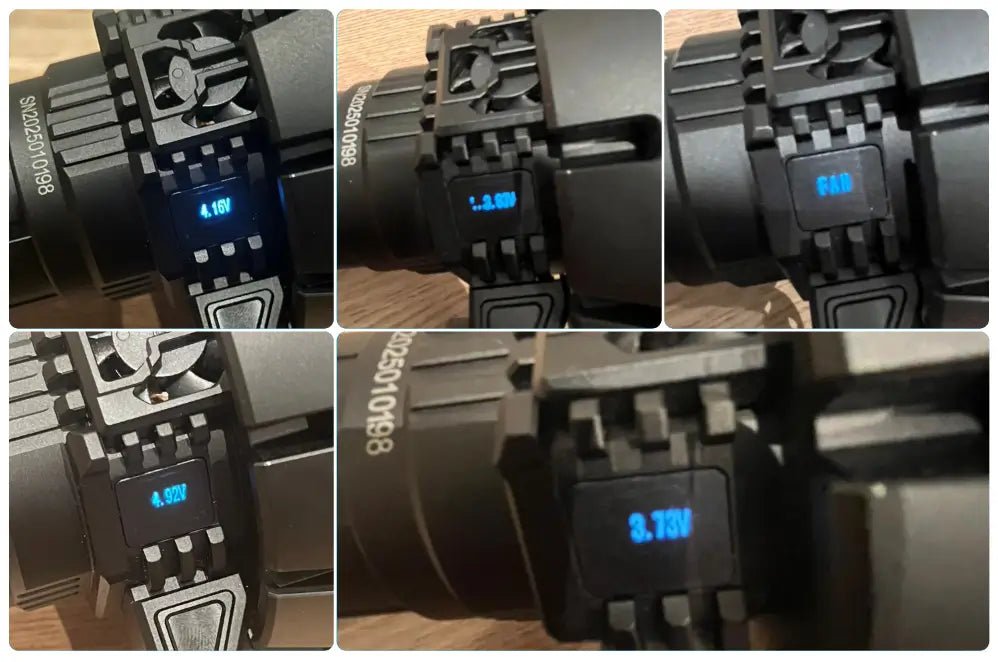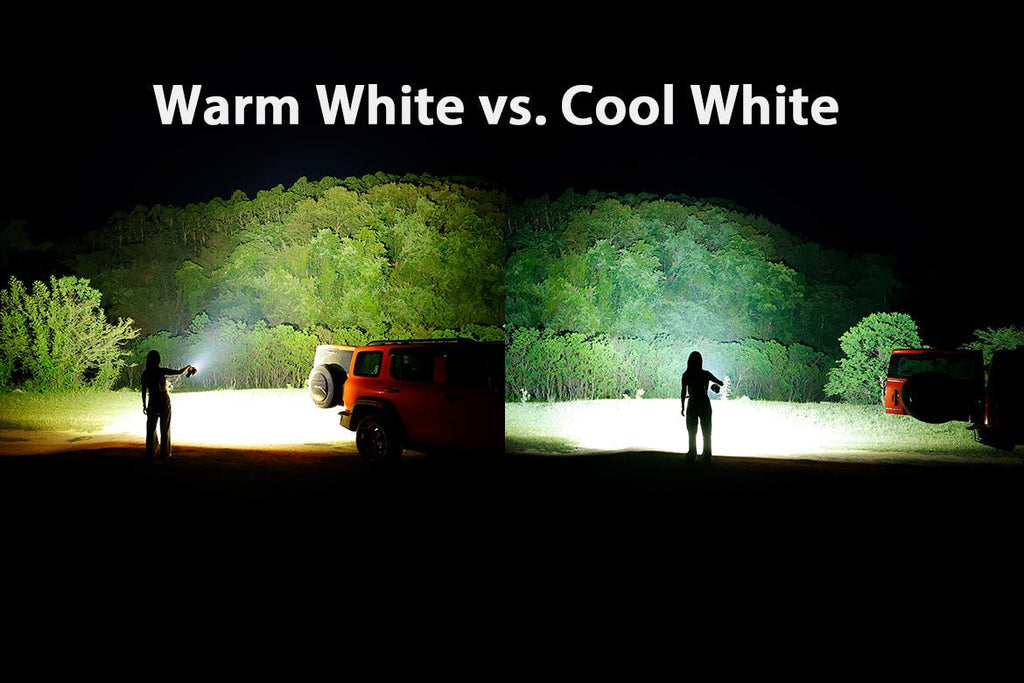No Products in the Cart
Después de la SR32 le tocaba a la MS32, que la supera en potencia y en inundación, no se puede tener mas potencia, es increible
Perfect for EDC. Durable and compact flashlight that hits the darkest of areas with stadium-like brightness.
At the price point, it will be tough to find better quality.
It comes with a holster, wrist strap, a rechargeable high capacity battery, charging cable and manual - all neatly packaged. Charge before first use. Makes for a great Father’s Day gift.
Got a MS12 mini-C factory second. Can't find anything wrong with the lamp, no scratches, powder coat is perfect, lens is perfect. It was missing its holster, so perhaps thats why its a factory second. I dont have to explain the ms12 mini, its a 65k sun in your hand. Moonlight mode is perfect for walking the dog. Tested the lamp in the blue ridge mountains and was illuminating an entire mountainside.
So helpful great service and price will buy again great seller fast deliveries so so helpful






